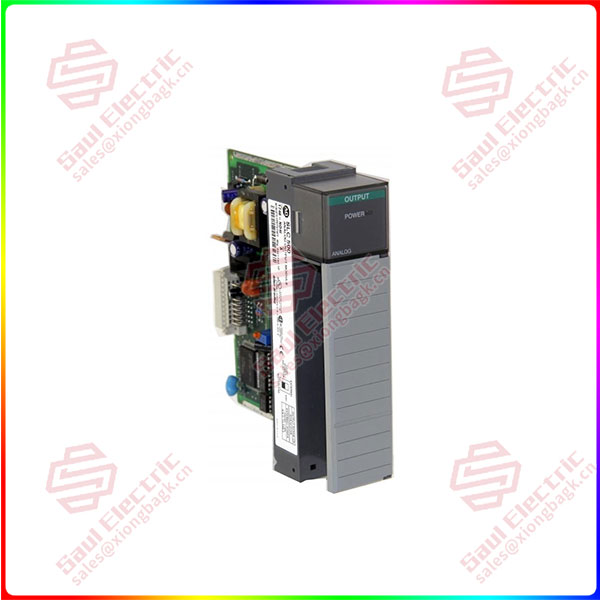In the first half of this year, the energy intensity of non-ferrous metals, building materials, steel and chemical industries continued to decline, and the production and sales of new energy vehicles increased by 42.4% and 44.1%, respectively. From January to May, 115,000 tons of used power batteries were recycled, more than the total for the whole of last year. The latest data show that China’s energy and resource utilization efficiency continues to improve, the supply capacity of green products has been significantly enhanced, and the green and low-carbon transformation of industry has been steadily promoted.
The reporter was informed that the relevant departments will further implement the green manufacturing promotion project, issue guidelines to accelerate the green development of the manufacturing industry, continue to improve the industrial green development policy system, and adhere to the coordinated promotion of carbon reduction, pollution reduction, green expansion and growth.
The green and low-carbon transformation of industry was accelerated
Industry is one of the important areas of energy consumption and carbon emission in China. Under the joint promotion of all parties, China’s industrial green and low-carbon transformation has achieved remarkable results.
— The industrial structure has been continuously optimized and upgraded. According to Tao Qing, director of the Operation Monitoring and Coordination Bureau of the Ministry of Industry and Information Technology, at present, China’s iron and steel industry dry quenching, sintering waste heat power generation and other technologies are gradually popularized, the application level of large-scale equipment such as tens of millions of tons of oil refining and millions of tons of ethylene in the petrochemical industry continues to improve, and the average single line scale of new dry clinker production line in the cement industry has increased to 3605 tons/day or more; In the fields of next-generation information technology, high-end equipment, new materials, and new energy, 45 national advanced manufacturing clusters have been established, with the total output value of leading industries reaching 20 trillion yuan.

1746-NO4I
— The efficiency of energy and resources utilization has been significantly improved. The Ministry of Industry and Information Technology has carried out energy-saving monitoring and diagnostic services for more than 50,000 enterprises, and the energy efficiency of unit products such as steel, primary aluminum and cement clinker is at the world’s advanced level, and the energy consumption of a single 5G base station has decreased by more than 20% compared with the initial commercial phase. More than 10,000 waste power battery recycling service outlets have been built, and 115,000 tons of waste power batteries were recycled from January to May this year, exceeding the total amount of last year.
— Green and low-carbon industries are developing vigorously. At present, the global output of the main links of China’s photovoltaic industry chain accounts for more than 70%, and the production and sales of new energy vehicles have remained the first in the world for eight consecutive years, and the production and sales of new energy vehicles increased by 42.4% and 44.1% respectively in the first half of this year, and the supply capacity of green products has been significantly enhanced.
Zhao Weidong, director of the Institute of Energy Conservation and Environmental Protection of the China Electronic Information Industry Development Institute, told the Economic Information Daily reporter that promoting the green development of the manufacturing industry and forging new industrial competitive advantages is a series of strategic deployments based on the status quo of China’s industrial development and the future direction of sustainable high-quality development. At present, various industries through green and low-carbon upgrading and transformation, the large-scale and green level of technology and equipment has been greatly improved. From 2012 to 2022, the energy consumption per unit of value added of industrial enterprises above designated size has decreased by more than 36 percent. The energy efficiency of steel, primary aluminum, cement clinker and other unit products has reached the world’s advanced level.
 1 Year Warranty
1 Year Warranty





